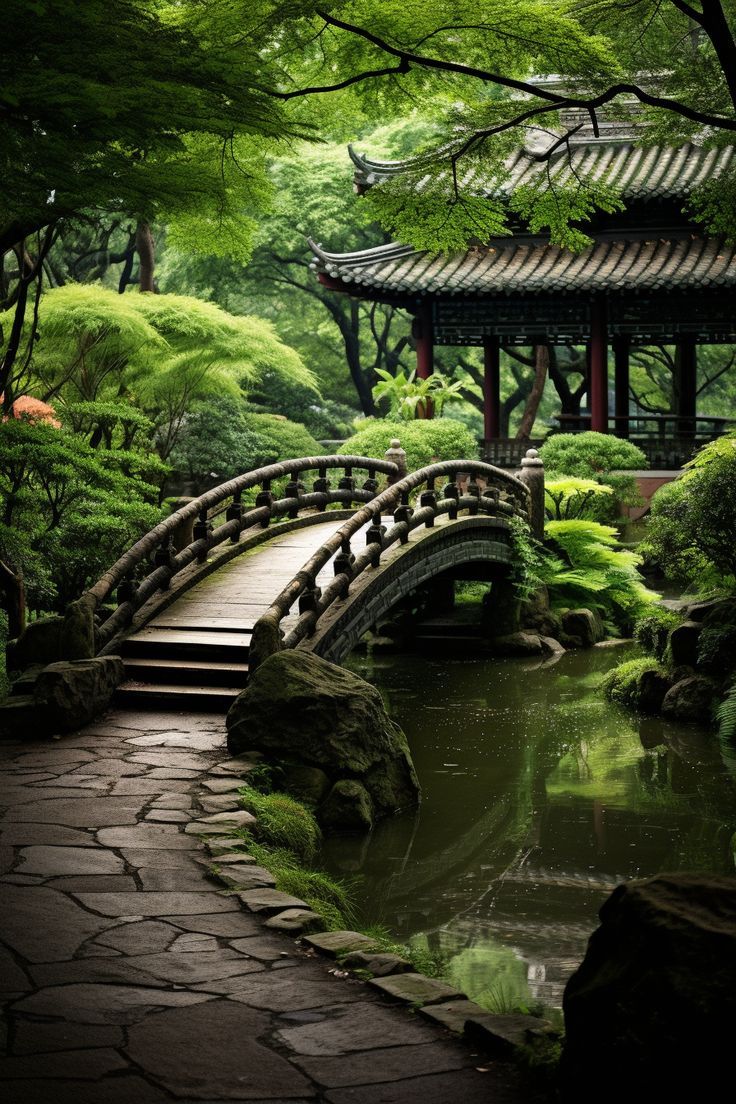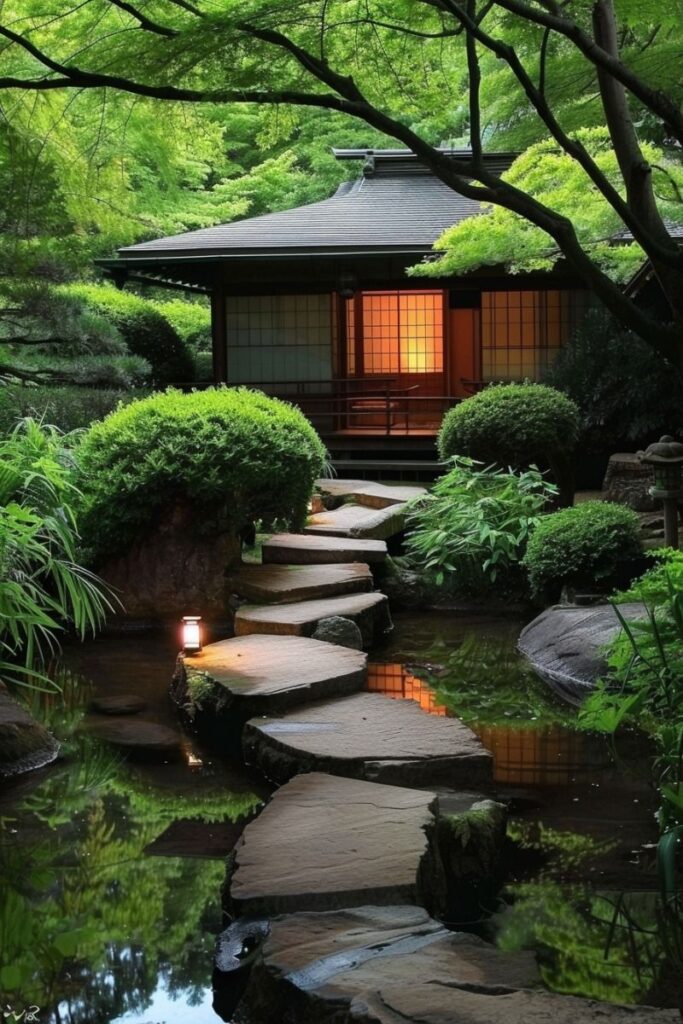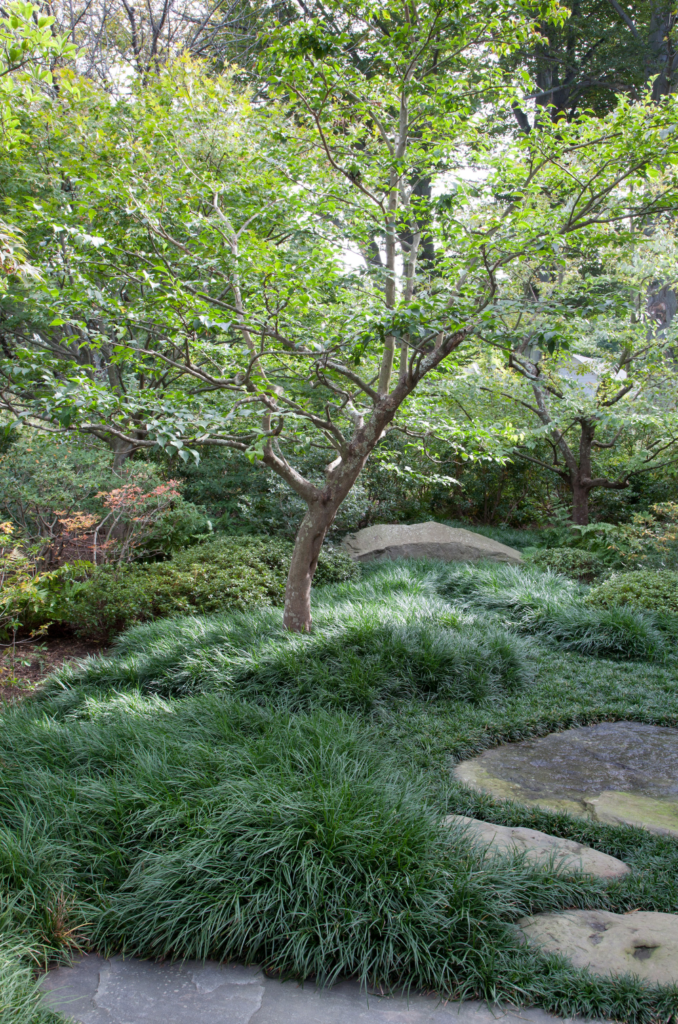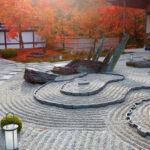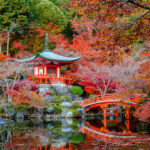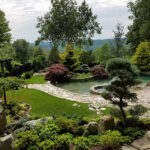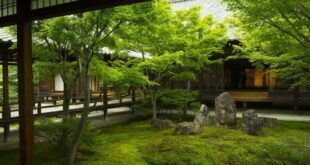Japanese gardens have long been admired for their beauty, serenity, and symbolism. These meticulously designed outdoor spaces are typically found at traditional Japanese homes, temples, and public parks. The garden design is deeply rooted in Japanese culture and philosophy, reflecting harmony, simplicity, and nature.
One distinctive feature of Japanese gardens is their use of natural elements such as rocks, water, plants, and gravel. These elements are carefully arranged to create a sense of balance and tranquility. Rocks are often used to represent mountains or islands, while water features like ponds or streams symbolize rivers or seas. The placement of these elements is strategic, creating a sense of movement and flow within the garden.
Another key element of Japanese gardens is the use of symbolism and metaphors. Each plant, stone, or structure has a specific meaning or purpose, reflecting aspects of Japanese culture, history, or spirituality. For example, pine trees are often used to represent longevity and endurance, while bamboo symbolizes strength and resilience. These symbolic elements add depth and meaning to the design of the garden.
One of the most famous styles of Japanese garden is the Zen garden, known as a “karesansui” in Japanese. These dry gardens typically feature rocks, gravel, and moss, with minimal or no plants. The design is meant to evoke a sense of calm and contemplation, encouraging meditation and mindfulness. Zen gardens are often found at temples or meditation centers, where they are used as a tool for spiritual practice.
Japanese gardens are also known for their attention to detail and craftsmanship. Every element of the garden is carefully chosen and placed, from the smallest stone to the largest tree. Gardeners spend years perfecting the design and maintenance of these gardens, ensuring that every aspect is in harmony with the natural surroundings. This level of dedication and artistry is what sets Japanese gardens apart from other styles of landscaping.
In addition to their aesthetic beauty, Japanese gardens also serve practical purposes. They are often designed to be enjoyed from different viewpoints, creating a sense of movement and discovery as visitors explore the space. The gardens also provide a link to the natural world, offering a peaceful retreat from the hustle and bustle of everyday life. Whether used for relaxation, meditation, or simply enjoying the beauty of nature, Japanese gardens have a timeless appeal that continues to inspire and delight visitors around the world.
 yishifashion Where Outdoor Dreams Become Reality
yishifashion Where Outdoor Dreams Become Reality
